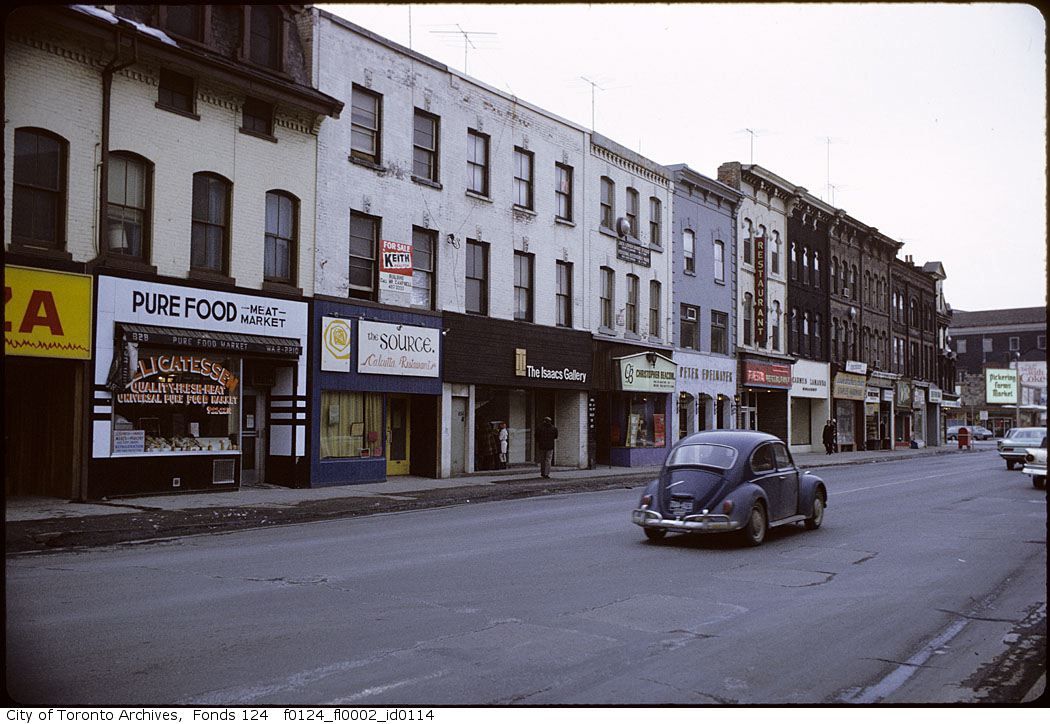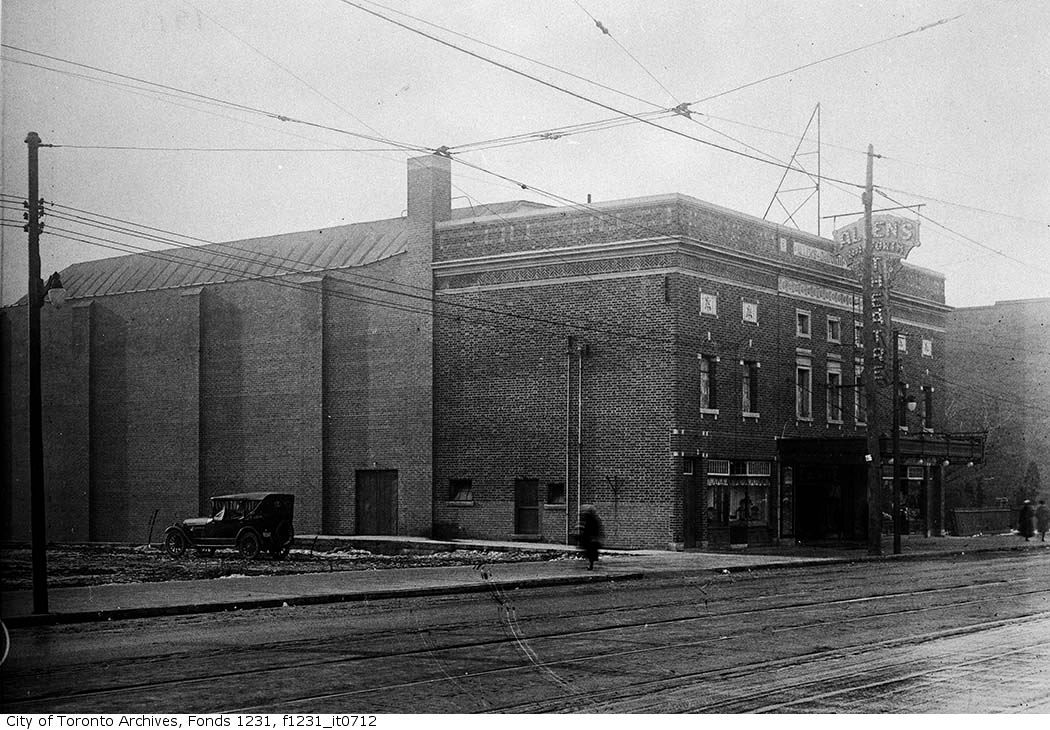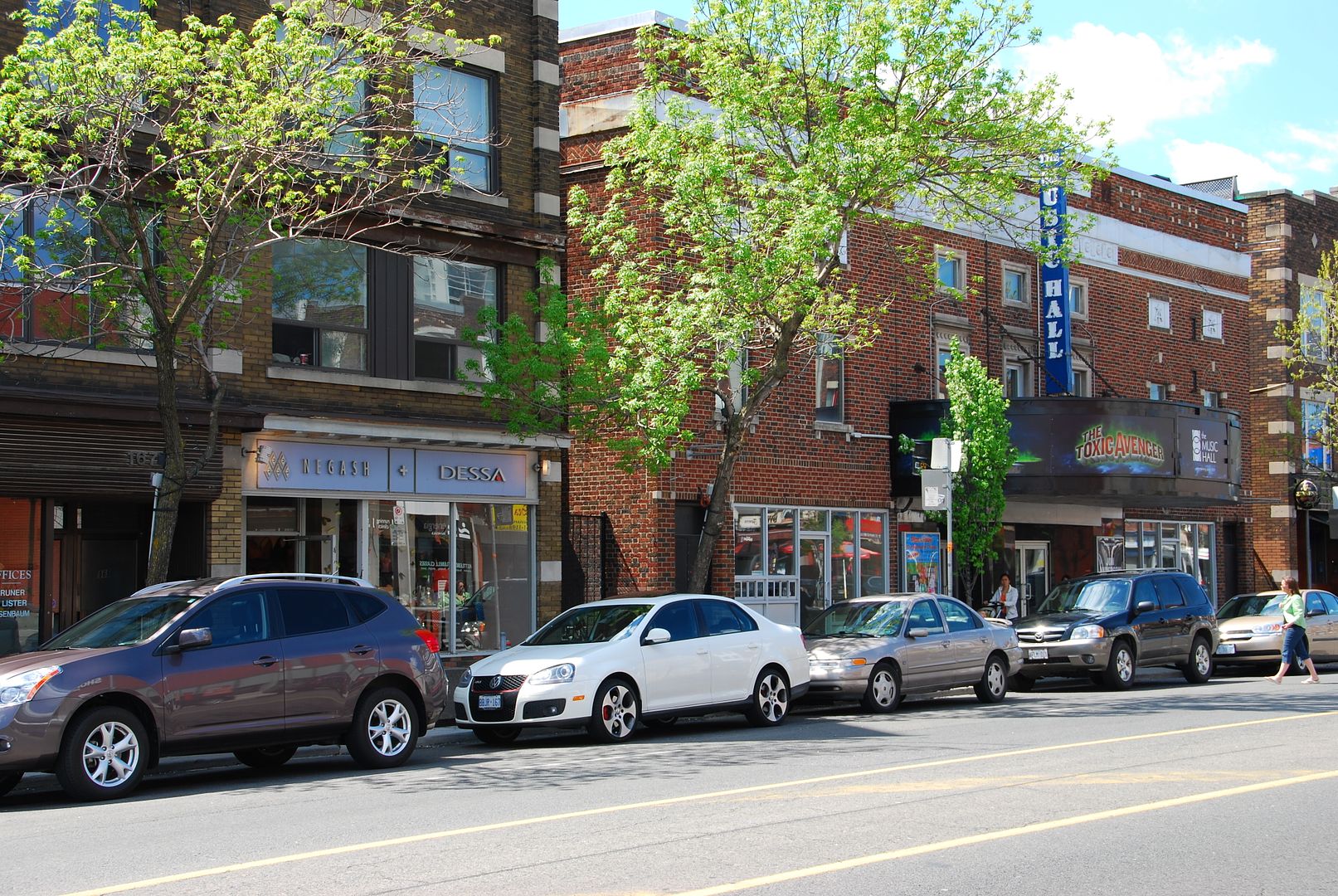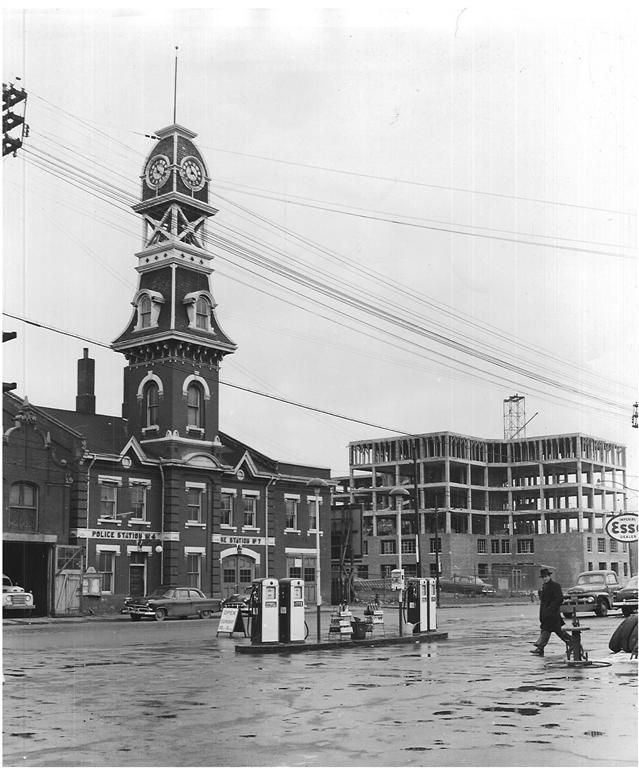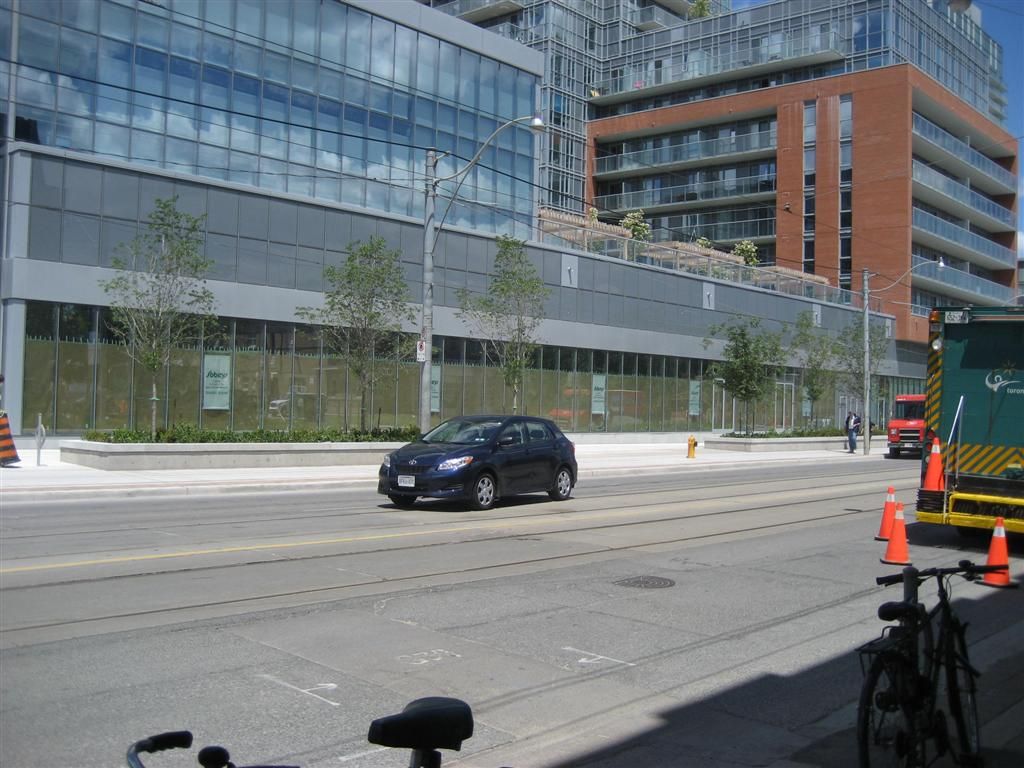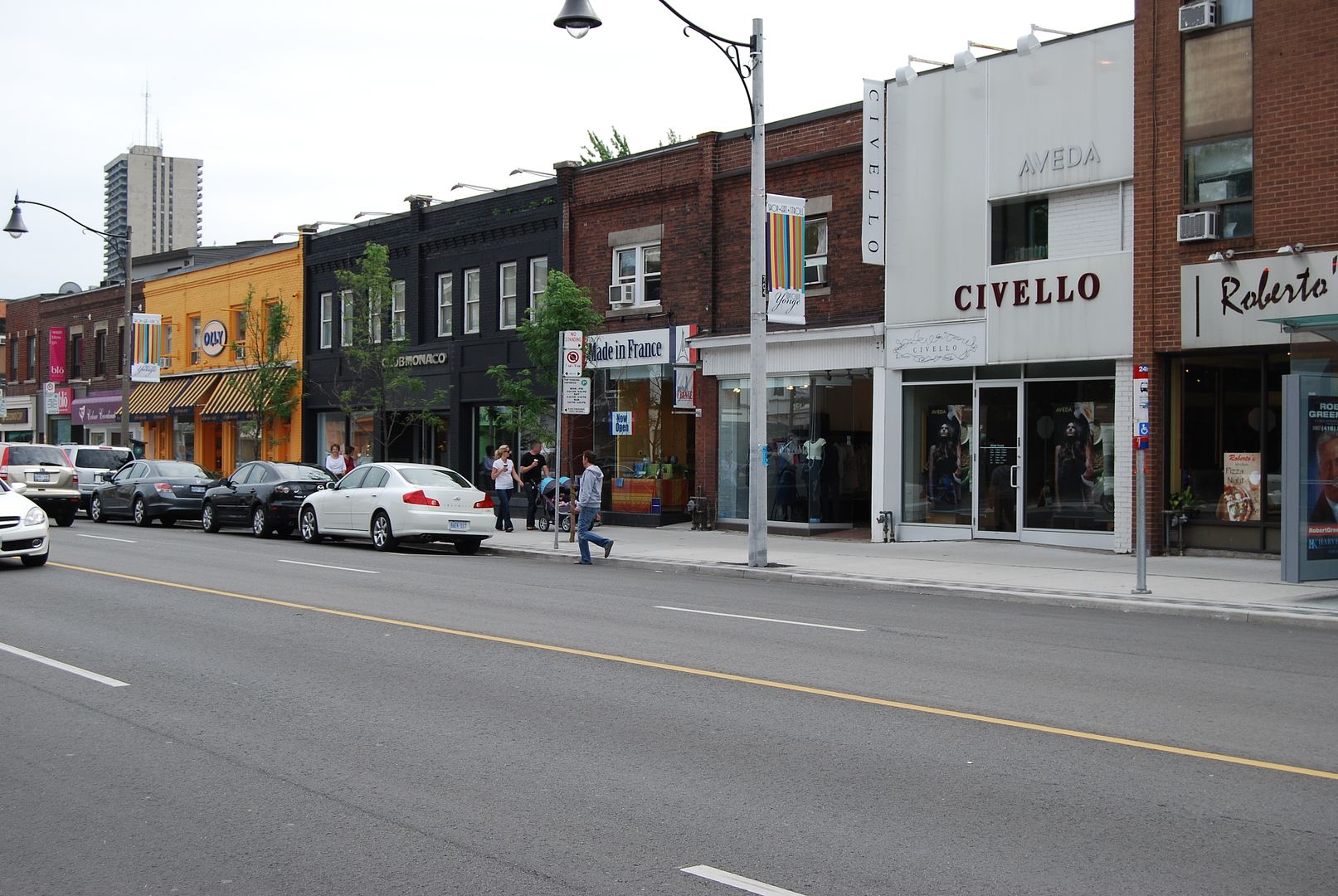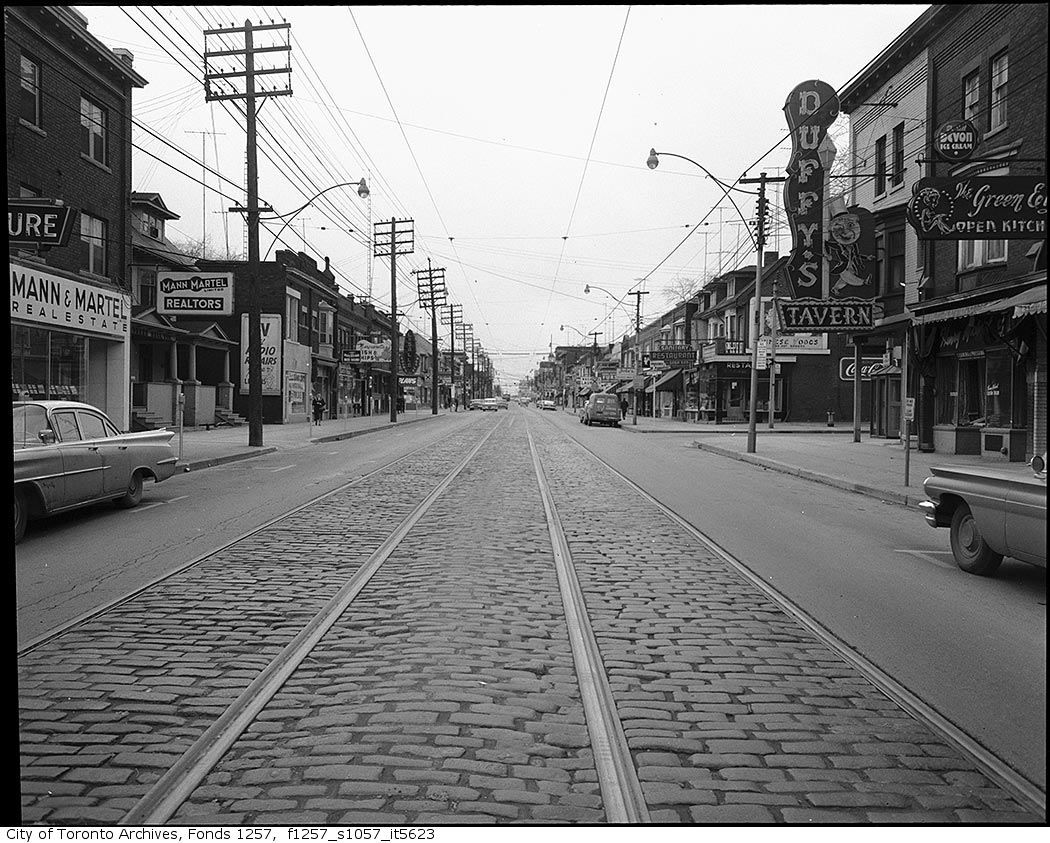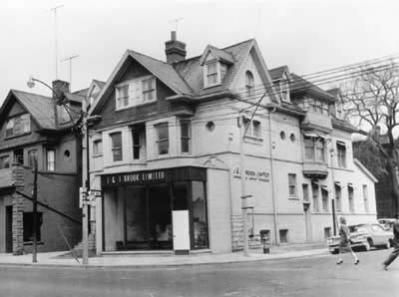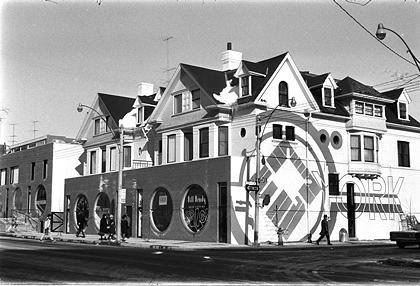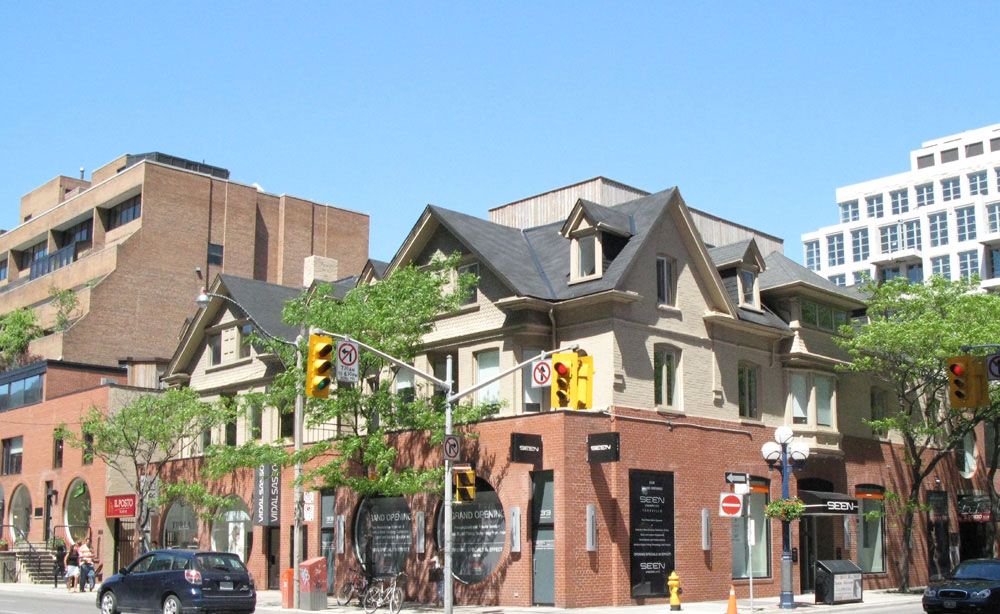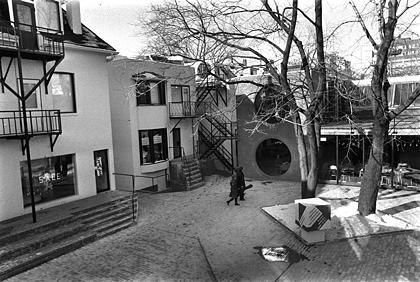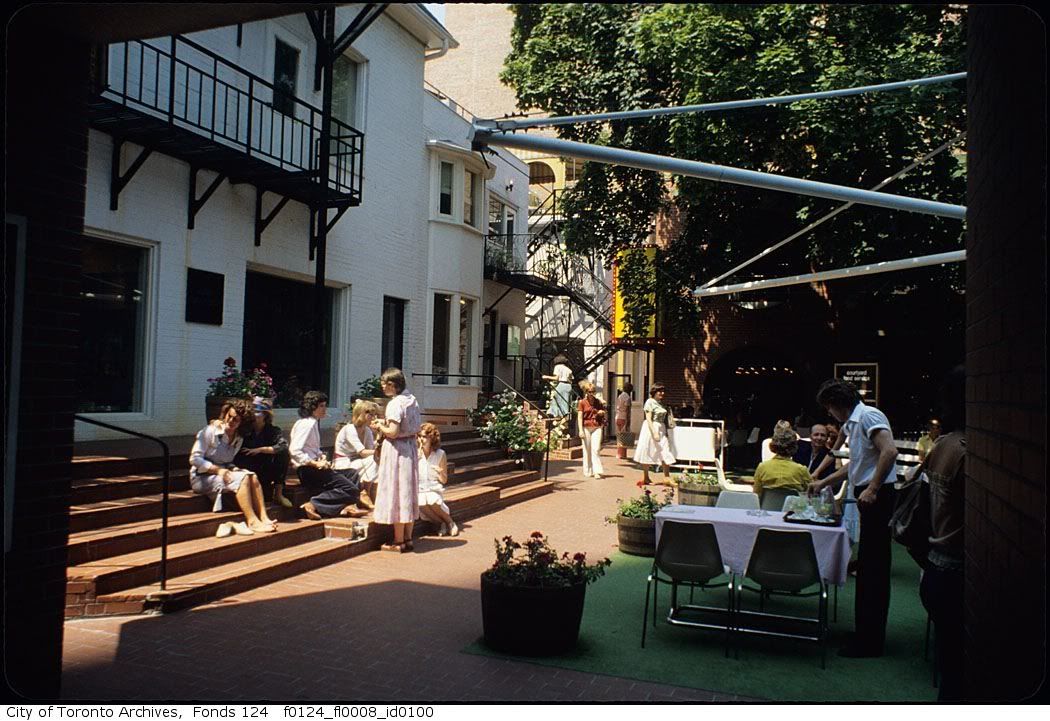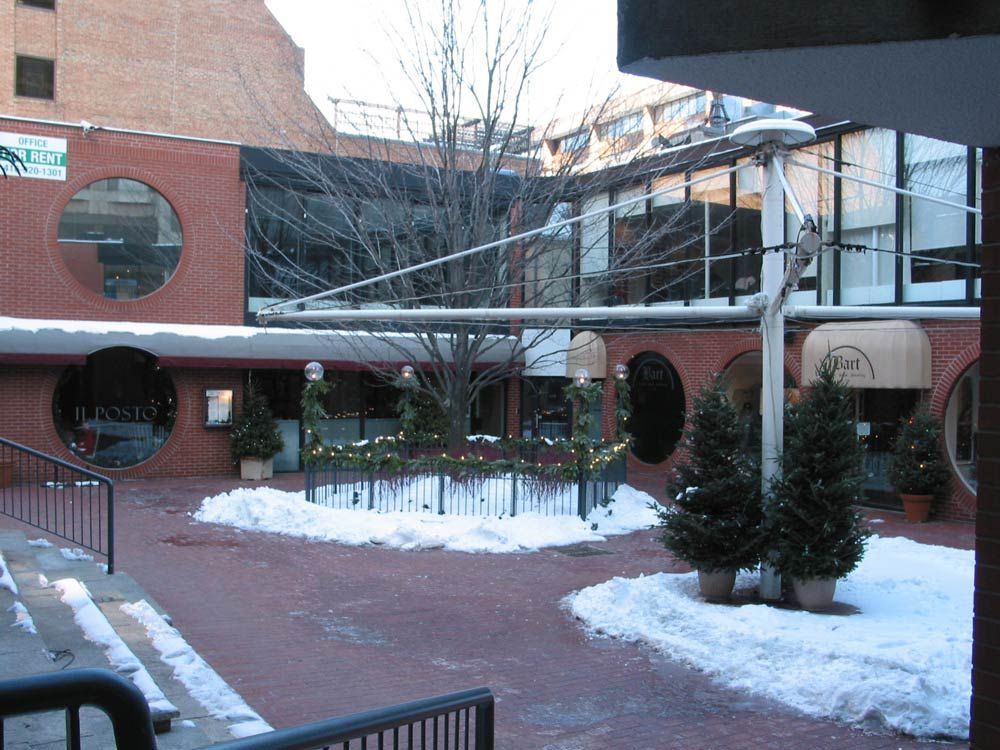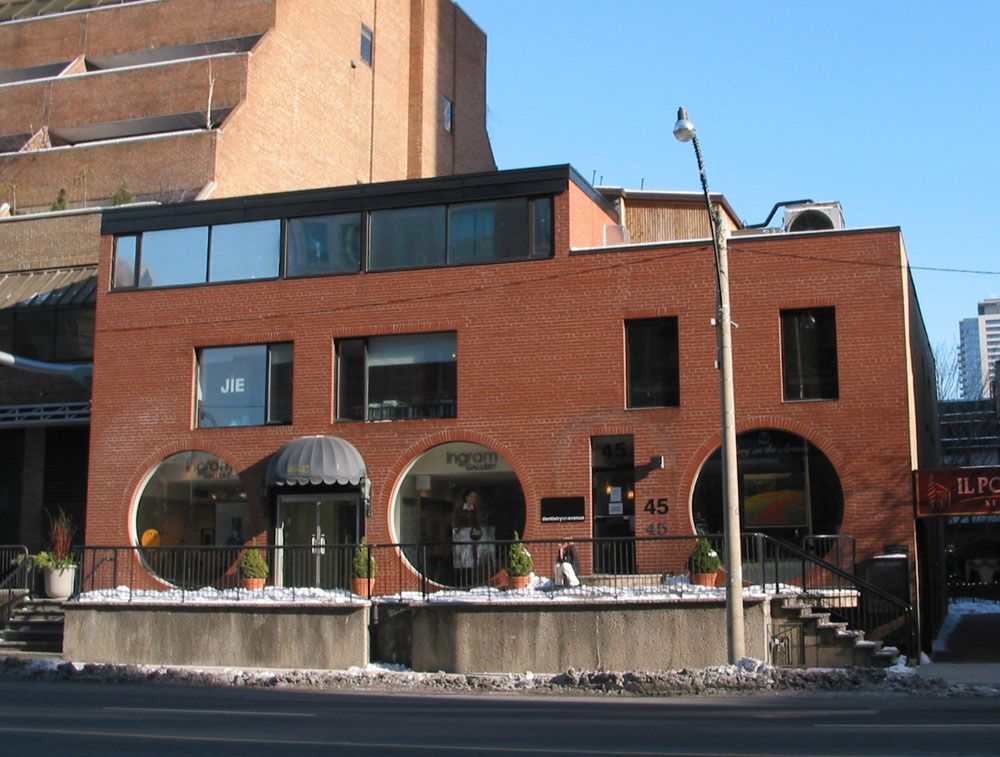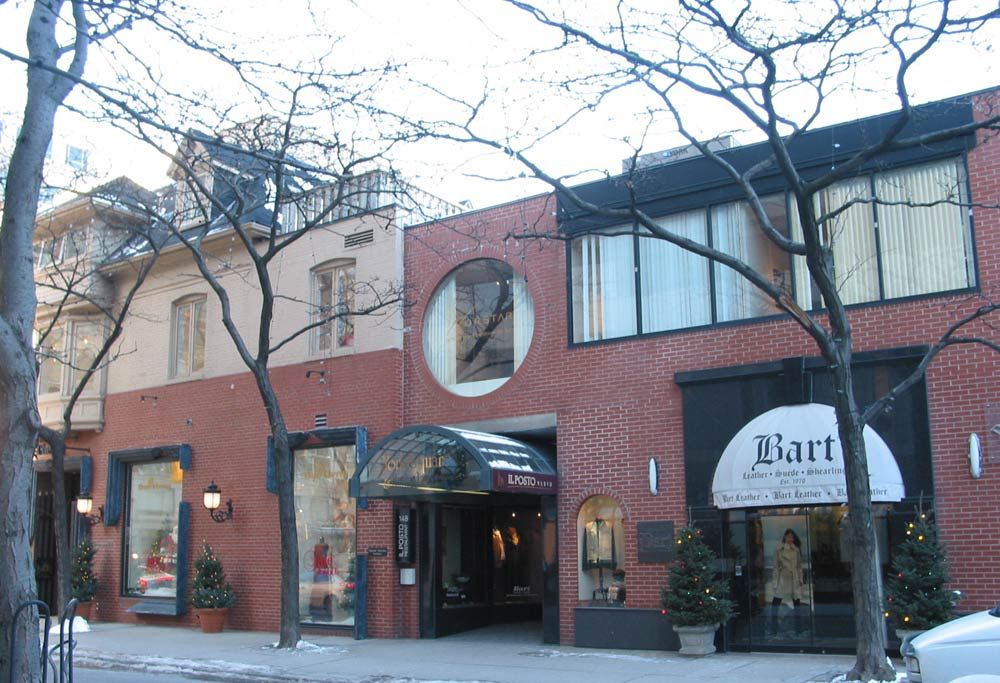A little colour correction will often make a scene look a lot better.
See attached thumbnail:
The Goldie[n] Touch. TM
June 13 addition.
Then. Danforth Avenue. Allen's Theatre. 1920?
Now. May 2010. The Music Hall.
http://www.heritagetoronto.org/discover-toronto/photos/celebrating-90-years-music-hall
"Since the 1970s, Torontonians have known it as The Music Hall - an aging, big theatre on the Danforth that hosted both live concerts and films. What most don't know, however, is that The Music Hall is a rare gem in this city - Toronto's most intact survivor of this country's first national cinema chain. It began as Allen's Danforth Theatre, one of some 60 Allen theatres across the country, and one of 10 in Toronto alone.
The story of Allen's Theatres, and of its Danforth Theatre, is a fascinating one. The pioneering movie company began in 1906 when Jule and Jay J. Allen, sons of Russian immigrants to the United States, decided to try to make a future in the fledgling film industry. Having noted the quick success of new movie houses in their home of Brantford, Pennsylvania, they decided to find a town without one, and begin their own. From earlier travels to Hamilton, Ontario, they recalled the absence of movie houses there (Toronto saw its first moving picture show on Yonge Street in 1896). When Hamilton didn't work out, the Allen brothers chose Brantford, Ontario. The success of their first movie house led to the relocation of the whole Allen family to Ontario, and to the opening of new theatres throughout the southwest of the province. In 1909, the family sold them all, opened what was "arguably the first film exchange in Canada" and headed for the boom-town of Calgary. By 1914, they were operating a chain of nine-theatres from Winnipeg to Vancouver. In 1915, the Allen's moved their headquarters to Toronto, and launched into an expansion frenzy. By 1921, Allen Theatres included 60 theatres across Canada, one in the U.S., and plans to set up shop in the United Kingdom and Russia. Having built "one of the finest and largest theatre circuits in the world" and having exclusive rights to distribute Paramount films, Allen Theatres was a major force in motion picture exhibition and distribution.
In the midst of the fantastic growth of their company, the Allen family helped make moving pictures "respectable" in Canada. When most movie theatres were store-front, fly-by-night operations hoping to make a fast dollar and move on, the Allens pioneered a new approach to the film business: they offered patrons a beautiful setting, in the most convenient downtown locations, and with the best of service. Across the country, the Allens created stunning theatres, including perhaps the first deluxe motion picture theatre in Canada in 1913. They sold a lavish "experience" of the movies, as much as the films themselves.
Allen's Danforth Theatre followed its company's textbook style. The fifth of what would be 10 theatres either built or renovated by the Allens in Toronto between 1917 and 1923, the Danforth Theatre took advantage of a relatively new neighbourhood - one in rapid development after the expectation of the Bloor Viaduct (or Prince Edward Viaduct) promised easy access to the city to the west. The Allen's Danforth Theatre was completed in 1919, one year after the opening of the viaduct.
Well-positioned on the Danforth, the Theatre also boasted a beautiful and comfortable building. Since 1917, the Allens had hired a leading theatre architect, C. Howard Crane of Detroit, to design their new theatres with local architecture firms. For the Danforth Theatre, Crane teamed up with Hynes, Feldman & Watson, Architects. The new building closely fit the Allen mould. A combined vaudeville/movie performance venue, it seated 1,600 people. Designed in a modified Georgian Revival style, the Danforth Theatre's decorative theme was broadly Adamesque - defined by a restrained use of Greco-Roman motifs.
The completed building was featured in Construction magazine in its November 1919 issue. The article noted the "artistic and comfortable surroundings", and applauded the fact that "all elements which might tend to distract have been carefully eliminated." The result was "a harmonious and inviting effect." Though perhaps understated in comparison to other theatres of the day, the theatre boasted a wrought iron canopy on the façade and a rich interior featuring red quarry tile on the lobby floor and Venetian marble stairs to the mezzanine. The auditorium itself was defined by extensive plaster decoration on both the ceilings and walls, tapestry silk wall panels, and gold-trimmed rose velour curtains. Always good promoters, the Allens dubbed the theatre "Canada's First Super-Suburban Photoplay Palace."
Sadly, ownership of the new theatre changed before the building was five years old. As quickly as Allen Theatres rose, it fell. Stretched thin by their aggressive building campaign, the company was hurt by a recession in 1921. More importantly, they had lost their exclusive rights to distribute Paramount films to Famous Players in 1919, with whom they were now in very intense competition. In May, 1922, creditors asked the courts to declare the Allens bankcrupt. In June, 35 of the largest Allen theatres, including the Allen's Danforth Theatre, were bought at fire-sale prices by none other than Famous Players.
Renovated in 1929 by Famous Players, the Allen's Danforth Theatre became known as the Century Theatre. In the 1970s, it became known as The Music Hall, and once again hosted both movies and live performances. An important fixture in the Riverdale community, The Music Hall hosted all of the 15 annual "Riverdale Share" concerts to benefit local charities. The theatre increasingly fell into bad repair, however, with the sound of water dripping from the ceiling distracting movie goers. In 2005, the theatre was sold again. It has been partially restored, and now functions largely as a special events venue. In 2008, it is the best preserved of Toronto's 10 former Allen Theatres, with only one other, a heavily reworked Lee's Palace, still functioning as a performance venue.
Allen's Danforth Theatre was listed on the City of Toronto Inventory of Heritage Properties in 1985."
